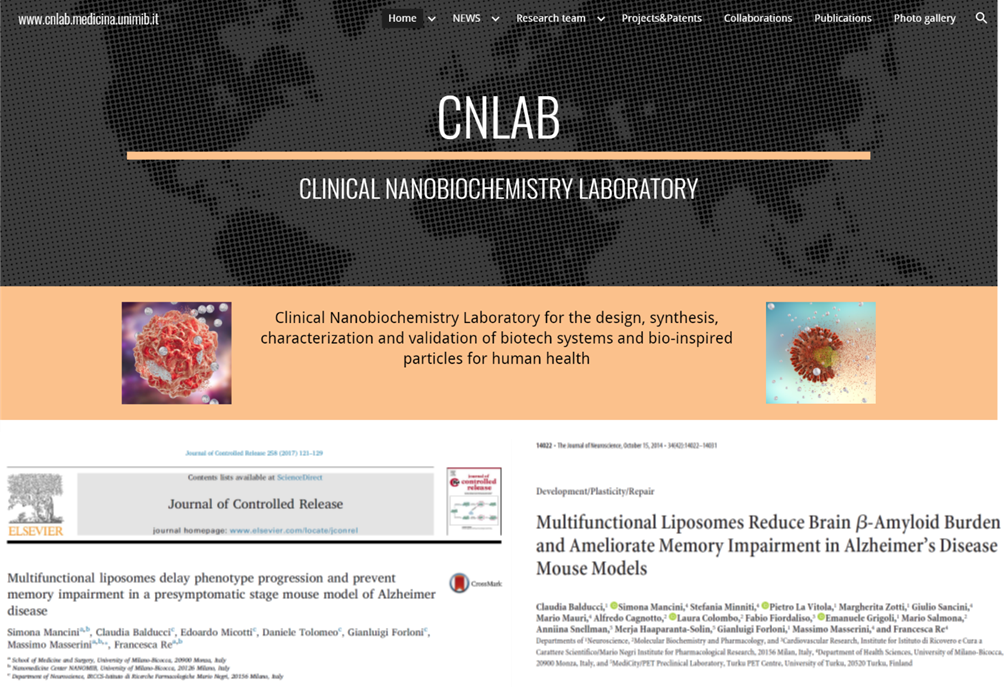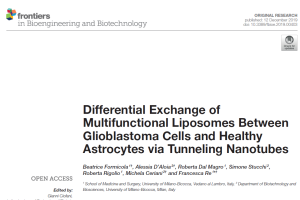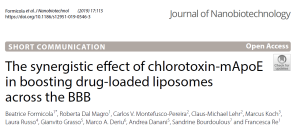IT_Version
Research of drugs for the treatment of neurodegenerative diseases: the lesson from Alzheimer’s disease and the possible effects on the treatment of glioblastoma
Alzheimer’s disease is a neurodegenerative disease that accounts for 50-80% of dementia cases. In Italy, more than 600,000 people are affected by this disease. Alzheimer not only involves the patient, but also all the families who take care daily of the patients. This number is destined to grow significantly: it is estimated that by 2050, 35% of those over 65 with Alzheimer’s will be reached. This would lead to the realization of two dramatic scenarios: increase in costs for the health system and worsening of the socio-economic situation of millions of families.
Deposits of amyloid protein in the brain are one of the hallmarks of the disease, but their elimination is complicated by the presence of the blood-brain-barrier, which acts as internal protection. This barrier considerably limits the use of drugs which, when administered peripherally, cannot reach the target area in the brain.
Despite the increase in biochemical and molecular knowledge that underlies Alzheimer’s disease, the search for an effective treatment has failed in the past 10 years. Hence the limited, if not now nil, interest of pharmaceutical companies in investing in research into new therapeutic strategies against Alzheimer’s.
Still, there are many laboratories and researchers who carry out research to identify a cure, including a laboratory of the University of Milano-Bicocca CNLAB that has created multifunctional nanoparticles capable of removing amyloid deposits in the brain, treating disease-related memory loss in animal models, under the supervision of Prof. Francesca Re.
The results of this research led to over 60 publications in international scientific journals, the granting of three international patents, as well as the foundation of a start-up, Amypopharma Srl.
But is there a relationship between Alzheimer’s disease research and glioblastoma research? Yes!
The particles developed by CNLAB for Alzheimer’s disease are able to cross the blood-brain barrier, reaching the brain. Therefore, suitably modified, they could be exploited to deliver drugs to the brain for the treatment of glioblastoma.
And finally, what lesson can we draw?
Research on glioblastoma can, and should, benefit from the results of research on other neurodegenerative diseases to develop more quickly an effective cure for this disease.
To learn more about the CNLAB visit www.cnlab.medicina.unimib.it







